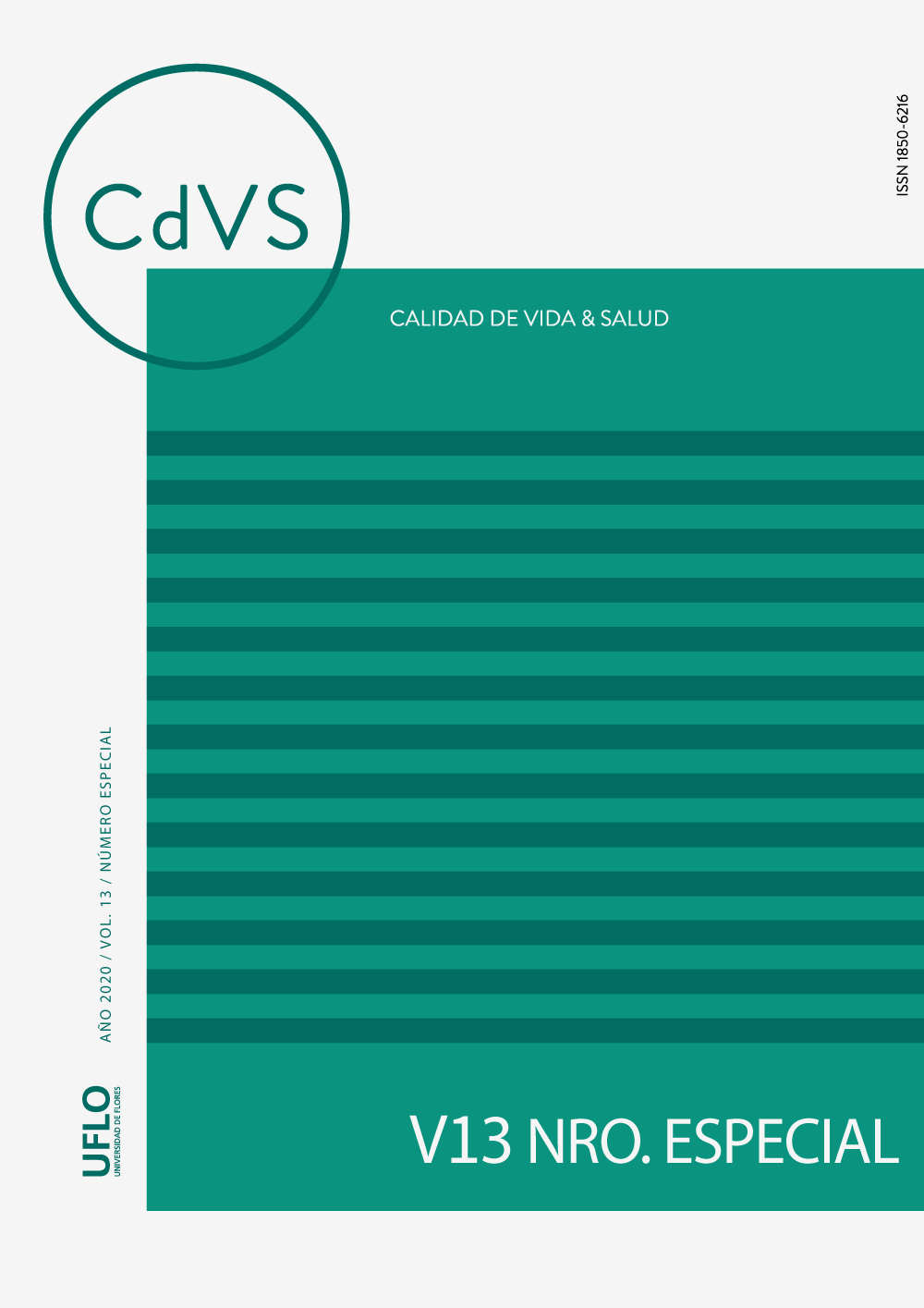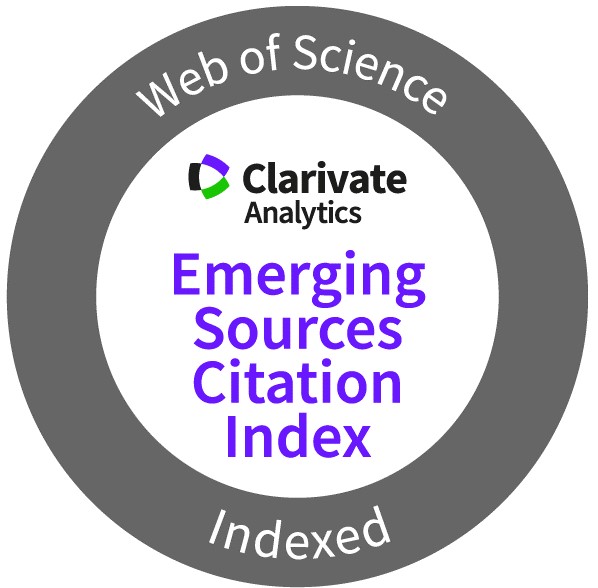La educación emocional asistida por perros, como puente de bienestar en el aula
Palabras clave:
Aula, bienestar, educación emocional, inteligencia emocional, perrosResumen
La realidad de nuestra sociedad exige que en el sistema educativo, el binomio cognición-emoción sea inseparable para formar a los alumnos de manera integral. Para ello resulta indispensable desarrollar la inteligencia emocional por medio de los procesos de enseñanza y aprendizaje, y el incremento de competencias socioemocionales a través de la educación emocional en las escuelas. Teniendo bien afianzadas las mismas es menos probable que se produzcan conductas disruptivas, sino contrariamente se fomenta el clima positivo y lleva al bienestar en las aulas. En base a la idea de conocer, expresar y encauzar adecuadamente las emociones, se incorporan perros en las prácticas de educación emocional donde se establecen vínculos con los alumnos que favorecen la dinámica de las actividades. En este marco intentamos analizar la contribución de la educación emocional asistida por perros en el contexto áulico para fortalecer el bienestar, la convivencia y apoyar y dinamizar los procesos de enseñanza y aprendizaje. Es a partir de aquí que específicamente describimos la experiencia del taller realizada en la escuela N°14 de la Ciudad Autónoma de Buenos Aires.
Citas
Animal Assisted Interventions International. [AAII]. (sf). Disponible en: https://aai-int.org/ aai/animal-assisted-intervention/
Beck, K. R., (2015). El impacto de la terapia asistida por perros y las actividades en los niños en un entorno educativo. Educación Maestros Paper 312. Disponible en https://fisherpub.sjfc.edu/education_ETD_masters/312/
Bisquerra, R. (2019). Inteligencia Emocional: El contexto en el que aparece la inteligencia emocional. Disponible en http://www.rafaelbisquerra.com/es/inteligencia-emocional/contexto-en-que-aparece-inteligencia-emocional.html
Bisquerra, R. (2000). Educación emocional y bienestar. Barcelona: Praxis.
Campos, A. (2010). Neuroeducación: uniendo las neurociencias y la educación en la búsqueda del desarrollo humano. La Educación, 143. Disponible en: http://www.educoea.org/portal/ La_Educacion_Digital/laeducacion_143/articles/neuroeducacion.pdf
Castro Pérez, M., & Morales Ramírez, M. E. (2015). Los ambientes de aula que promueven el aprendizaje, desde la perspectiva de los niños y niñas escolares. Revista electrónica Educare, 19(3). Disponible en: https://www.redalyc.org/pdf/1941/194140994008.pdf
Delors, J. (2015). La Educación encierra un tesoro. Madrid: Santillana-UNESCO.
Extremera, N., & Fernández-Berrocal, P. (2004). El papel de la inteligencia emocional en el alumnado: evidencias empíricas. Revista Electrónica de Investigación Educativa, 6(2). Disponible en: http://redie.uabc.mx/ vol6no2/contenido-extremera.html
Fine, A. H. (2010). Handbook on Animal-Assisted Therapy. Theoretical Foundations and Guidelines for Practice. San Diego: Academic Press,
García Retana, J. A. (2012). La educación emocional, su importancia en el proceso de aprendizaje. Revista Educación, 36(1). Disponible en https://www.redalyc.org/ pdf/440/44023984007.pdf
Gobierno de la Provincia de Buenos Aires. (sf). ABC, Red de escuelas de aprendizaje. Clima escolar y educación emocional. Disponible en: http://abc.gob.ar/redescuelas2018/sites/default/files/clima_escolar_y_educacion_emocional.pdf
Goleman, D. (1996). Inteligencia Emocional. Barcelona: Kairós.
Hediger, K., Gee, N. R., & Griggin, J. A. (2017). Do animals in the classroom improve learning, attention, or other aspects of cognition? En N. R. Gee, A. H. Fine & P. McCardlen (Eds), How animals help students learn. Research and practice for educators and mental- health professionals (pp. 56-68). New York.
Iacoviello, M. (2018). Potencial de las intervenciones asistidas con perros en las políticas públicas de bienestar animal. En M. Díaz Videla, M. & M. A. Olarte (Eds.), Antrozoología, Multidisciplinario campo de investigación (pp. 134-157). Buenos Aires: Akadia.
López, J., & Borrego, C. (2019). Animales de compañía y salud. Del vínculo humano- animal al diseño de intervenciones asistidas por animales. Madrid: Pirámide.
Meints K., Brelsford V., Gee N., & Fine A. (2017). Animal in education settings safety for all. In N. R. Gee, A. H. Fine & P. McCardlen (Eds.), How animals help students learn. Research and practice for educators and mental- health professionals (pp. 3-11). New York.
Mercer, S. (2019). School- based dogs, their use and effectiveness: a phenomenological study. The STeP journal, 6(1) 38-58.
Öfele, M. O. (2014). Juegos para la educación más allá del aula. Buenos Aires: Proyecto Cepa.
Ospina Rodríguez, J. (2006). La motivación, motor del aprendizaje. Revista Ciencias de la Salud. Disponible en: http://www.redalyc.org/ articulo.oa?id=56209917
Real Academia Española. (2019). Diccionario. Disponible en: https://dle.rae.es/?id=5TwfW6F.
Salovey, P., & Mayer, J. D. (1990). Emotional intelligence. Imagination, cognition, and personality, 9, 185-211.
Mayer, J. D., & Salovey, P. (1997). What is emotional intelligence? En P. Salovey & D. J. Sluyter (Eds.), Emotional development and emotional intelligence: Educational implications (pp. 3-34). New York: Harper Collins.
Siegel, W. L. (2004). The role of animals in education. ReVision, 27(2), 17-27.
Publicado
Cómo citar
Número
Sección
Los autores que publican en esta revista están de acuerdo con los siguientes términos:
- Los autores conservan los derechos de autor y garantizan a la revista el derecho de ser la primera publicación del trabajo al igual que licenciado bajo una Creative Commons Attribution License que permite a otros compartir el trabajo con un reconocimiento de la autoría del trabajo y la publicación inicial en esta revista.
- Los autores pueden establecer por separado acuerdos adicionales para la distribución no exclusiva de la versión de la obra publicada en la revista (por ejemplo, situarlo en un repositorio institucional o publicarlo en un libro), con un reconocimiento de su publicación inicial en esta revista.
- Se permite y se anima a los autores a difundir sus trabajos electrónicamente (por ejemplo, en repositorios institucionales o en su propio sitio web) antes y durante el proceso de envío, ya que puede dar lugar a intercambios productivos, así como a una citación más temprana y mayor de los trabajos publicados (Véase The Effect of Open Access) (en inglés).










